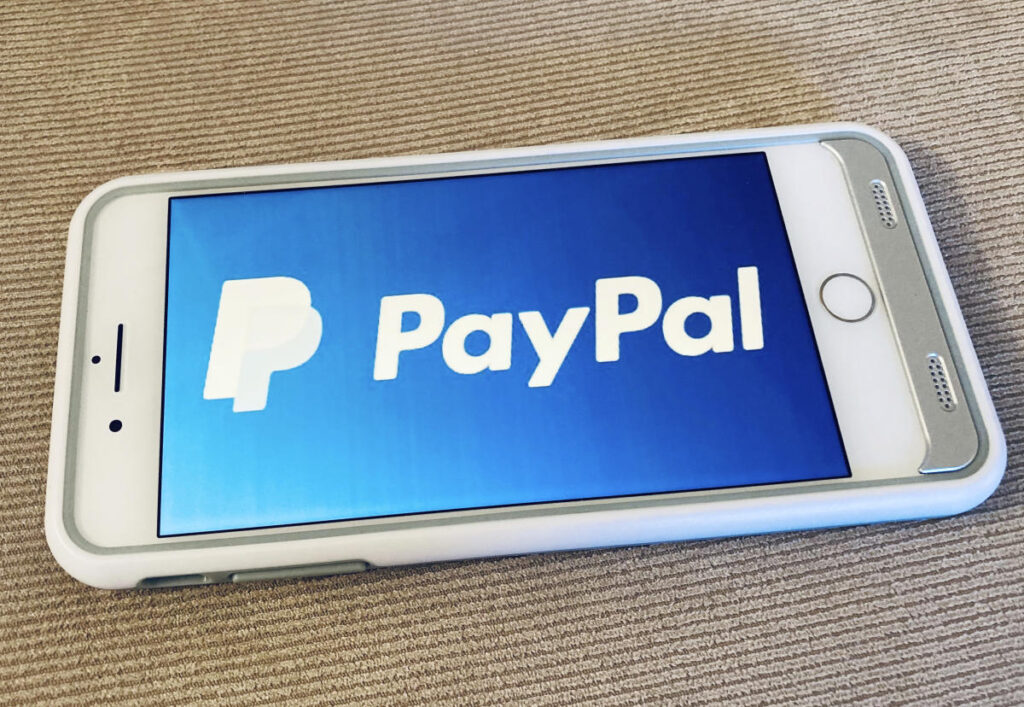Since its inception in 2021, PayPal Savings accounts have offered users an opportunity to earn significantly higher interest rates on their account balances while also benefiting from cash-back rewards. Initially, the account provided a 0.40% annual percentage yield (APY), which although low by today’s standards, was substantially better than the national average at that time—0.09%. By 2024, the APY for these FDIC-insured savings accounts has surged to 4.30%, contrasting sharply with the national average savings account rate of just 0.45%. However, potential customers should note that access to funds in a PayPal Savings account is limited, making it a less desirable option compared to other high-yield savings accounts (HYSAs). This overview will explore the operation and features of PayPal Savings accounts in detail.
PayPal Savings is an online savings account tailored for individuals holding a PayPal Balance account. To fund your PayPal Savings, you can easily transfer funds, including cash-back rewards, directly from your PayPal Balance. The accounts are administered by Synchrony Bank, which means that unlike funds held in a standard PayPal Balance, your deposits are protected by FDIC insurance—covering up to $250,000 across your combined PayPal Savings and Synchrony accounts. Key features of PayPal Savings include an attractive APY of 4.30% (variable), no minimum balance requirements, no monthly maintenance fees, and daily compounding interest, but it lacks certain conveniences like ATM withdrawals, check deposits, or direct transfers to external banking institutions.
Setting up a PayPal Savings account is a straightforward process, particularly if users already have a personal PayPal account or debit card along with a PayPal Balance account in good standing. To establish the account, one must log in to the PayPal website or app, navigate to the Finances or Accounts tab, and select the option to add money to either “General Savings” or specific savings goals. Users can specify the amount and frequency of deposits, after which the money will be promptly available for use, though full processing of transfers may take several days. It’s essential to understand that the unique functionality of the PayPal Savings account limits money movement only to transactions with the linked PayPal Balance account—restricting methods like ATM deposits or direct bank transfers.
For individuals who frequently maintain a balance in their PayPal Balance account or earn cash-back rewards, a PayPal Savings account can be a beneficial way to enhance savings. Notably, the Consumer Financial Protection Bureau (CFPB) cautions against storing money in standard payment app accounts such as PayPal, as these funds lack FDIC insurance, amplifying the importance of transferring funds to a PayPal Savings account. By doing so, users can secure their money with FDIC backing and earn a higher yield. Nevertheless, while the interest earned is compelling, the PayPal Savings account may not be ideal for everyone—particularly for those seeking more direct access to their savings.
While a PayPal Savings account can be advantageous for selective users, it is not the most accessible option for everyone. Many alternatives offer higher interest rates coupled with greater flexibility in accessing funds. For example, the Synchrony High Yield Savings account typically features a higher APY than PayPal Savings, allows ATM access, and offers easier money transfers to and from external bank accounts, all without monthly fees. Similarly, the SoFi Online Bank Account combines checking and high-yield savings, allowing users to earn up to 4.20% APY with direct deposits, along with the added benefit of bonuses for new accounts. Furthermore, the Lending Club LevelUp High-Yield Savings account offers the potential for a remarkable 5.00% APY for individuals who deposit at least $250 each month.
Overall, PayPal Savings accounts provide a unique product for users who are already invested in the PayPal ecosystem. With its robust interest rates and the added incentive of cash-back rewards, it appeals to those comfortable with its limitations. However, for individuals prioritizing flexibility, accessibility, and higher interest rates, meeting their savings needs through more traditional HYSAs or financial institutions may offer a better path to achieving their financial goals. As rates change in the savings landscape, consumers are encouraged to evaluate their options carefully, considering where their funds can best work for them while ensuring the safety and accessibility they desire.

